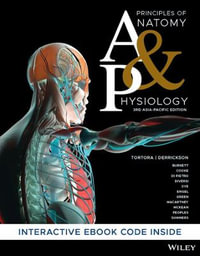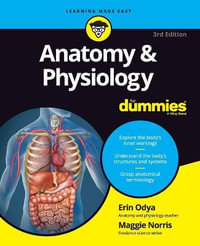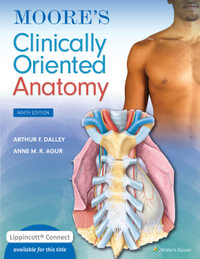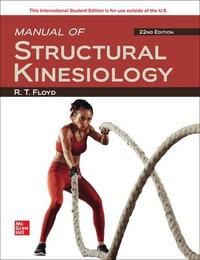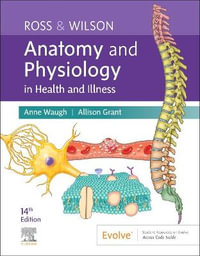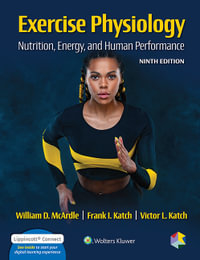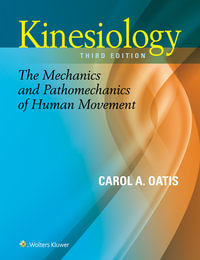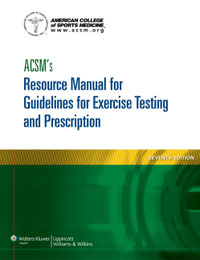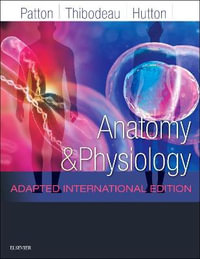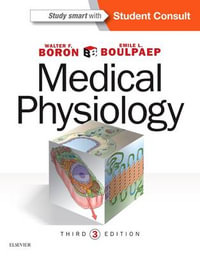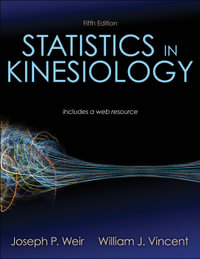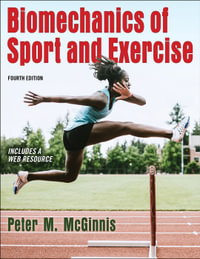| Preface | |
| Contributors | |
| Terminology and Foundations of Movement Science | p. 3 |
| Neural and Muscular Properties: Current Views and Controversies | p. 39 |
| Intraoperative Sarcomere Length Measurements Reveal Musculoskeletal Design Principles | p. 58 |
| Commentary | p. 72 |
| Comparison of Effective Synaptic Currents Generated in Spinal Motoneurons by Activating Different Input Systems | p. 74 |
| Commentary: Nonlinear Interactions Between Multiple Synaptic Inputs | p. 81 |
| Length, Shortening Velocity, Activation, and Fatigue Are Not Independent Factors Determining Muscle Force Exerted | p. 83 |
| Commentary: What Is the Use of Models That Are Not Even True? | p. 90 |
| Modeling of Homogeneous Muscle: Is It Realistic to Consider Skeletal Muscle as a Lumped Sarcomere or Fiber? | p. 92 |
| Commentary: The Role of Distributed Properties in Muscle Mechanics | p. 98 |
| Subtle Nonlinear Neuromuscular Properties Are Consistent with Teleological Design Principles | p. 100 |
| Commentary: Analysis of Nonlinear Neuromuscular Properties - Teleology or Ideology? | p. 112 |
| Commentary: Remarks Regarding the Paradigm of Study of Locomotor Apparatus and Neuromuscular Control of Movement | p. 114 |
| Creating Neuromusculoskeletal Models | p. 119 |
| System Identification and Neuromuscular Modeling | p. 134 |
| A Reductionist Approach to Creating and Using Neuromusculoskeletal Models | p. 148 |
| Musculoskeletal Systems with Intrinsic and Proprioceptive Feedback | p. 164 |
| Neuromechanical Interaction in Cyclic Movements | p. 177 |
| Musculoskeletal Dynamics in Rhythmic Systems: A Comparative Approach to Legged Locomotion | p. 192 |
| Commentary: Cyclic Movements and Adaptive Tissues | p. 203 |
| Biomechanics of Hydroskeletons: Studies of Crawling in the Medicinal Leech | p. 206 |
| Commentary: Biomechanical Studies Clarify Pattern Generator Circuits | p. 218 |
| Simulation of the Spinal Circuits Controlling Swimming Movement in Fish | p. 221 |
| Commentary: Computer-Simulated Models Complement Experimental Investigations of Neuromotor Control in a Simple Vertebrate | p. 228 |
| A Simple Neural Network for the Control of a Six-Legged Walking System | p. 231 |
| Commentary: Are Decentralized or Central Control Systems Implied in the Locomotion? | p. 239 |
| Commentary: Neural Control and Biomechanics in the Locomotion of Insects and Robots | p. 240 |
| Neuromechanical Function of Reflexes During Locomotion | p. 243 |
| Commentary: What Is a Reflex? | p. 251 |
| Fractal Analysis of Human Walking Rhythm | p. 253 |
| Commentary: The Fractal Nature of the Locomotor Rhythm May Be Due to Interactions Between the Brain and the Spinal Pattern Generator | p. 263 |
| Postural Adaptation for Altered Environments, Tasks, and Intentions | p. 267 |
| Altered Astronaut Performance Following Spaceflight: Control and Modeling Insights | p. 282 |
| Commentary: Altered Astronaut Performance Following Spaceflight - Control and Modeling Insights | p. 290 |
| Adaptive Sensory-Motor Processes Disturb Balance Control After Spaceflight | p. 292 |
| Commentary: Adaptive Sensory-Motor Processes Disturb Balance Control After Spaceflight | p. 299 |
| Neuromuscular Control Strategies in Postural Coordination | p. 300 |
| Commentary: Neuromuscular Control Strategies in Postural Coordination | p. 309 |
| Neural and Mechanical Contributions to Upper Limb Movement | p. 315 |
| Maps, Modules, and Internal Models in Human Motor Control | p. 317 |
| How Much Coordination Can Be Obtained Without Representing Time? | p. 325 |
| Augmenting Postural Primitives in Spinal Cord: Dynamic Force-Field Structures Used in Trajectory Generation | p. 334 |
| Learning and Memory Formation of Arm Movements | p. 347 |
| What Do We Plan or Control When We Perform a Voluntary Movement? | p. 354 |
| Simulation of Multijoint Arm Movements | p. 363 |
| Planning of Human Motions: How Simple Must It Be? | p. 373 |
| Biomechanics of Manipulation: Grasping the Task at Hand | p. 382 |
| A Principle of Control of Rapid Multijoint Movements | p. 390 |
| Large-Scale Musculoskeletal Systems: Sensorimotor Integration and Optimization | p. 407 |
| Progression of Musculoskeletal Models Toward Large-Scale Cybernetic Myoskeletal Models | p. 425 |
| Commentary: Does Progression of Musculoskeletal Models Toward Large-Scale Cybernetic Models Yield Progress Toward Understanding of Muscle and Human or Animal Movement? | p. 437 |
| Estimation of Movement from Surface EMG Signals Using a Neural Network Model | p. 440 |
| Commentary: What Can We Learn from Artificial Neural Networks About Human Motor Control? | p. 454 |
| Commentary: What's the Use of Black Box Musculoskeletal Models? | p. 456 |
| Study Movement Selection and Synergies via a Synthesized Neuro-Optimization Framework | p. 458 |
| Commentary: Can Neural Networks Teach Us the Way We Learn? | p. 474 |
| Clinical Applications of Musculoskeletal Models in Orthopedics and Rehabilitation | p. 477 |
| Commentary: Comments on Clinical Applications of Musculoskeletal Models in Orthopedics and Rehabilitation | p. 488 |
| Human Performance and Rehabilitation Technologies | p. 493 |
| Rehabilitators, Robots, and Guides: New Tools for Neurological Rehabilitation | p. 516 |
| Commentary: Rehabilitators, Robots, and Guides | p. 533 |
| Nonalaytical Control for Assisting Reaching in Humans with Disabilities | p. 535 |
| Commentary: A Case for Soft Neurofuzzy Controller Interfaces for Humans with Disabilities | p. 548 |
| Soft Computing Techniques for Evaluation and Control of Human Performance | p. 551 |
| Commentary: Soft Computing Techniques for Evaluation and Control of Human Performance | p. 562 |
| From Idea to Product | p. 563 |
| Commentary: From Idea to Product | p. 570 |
| Movement Synthesis and Regulation in Neuroprostheses | p. 573 |
| Properties of Artificially Stimulated Muscles: Simulation and Experiments | p. 590 |
| Commentary: One Muscle Model for All Applications? | p. 601 |
| Synthesis of Hand Grasp | p. 605 |
| Control with Natural Sensors | p. 617 |
| Commentary: Control with Natural Sensors? | p. 629 |
| Control of Rhythmic Movements Using FNS | p. 632 |
| Commentary | p. 641 |
| Morphological Data for the Development of Musculoskeletal Models: An Update | p. 645 |
| Move3d Software | p. 659 |
| Simulation of an Antagonistic Muscle Model in Matlab | p. 661 |
| SPACAR: A Finite-Element Software Package for Musculoskeletal Modeling | p. 663 |
| DataMonster | p. 665 |
| Index | p. 667 |
| Table of Contents provided by Blackwell. All Rights Reserved. |



